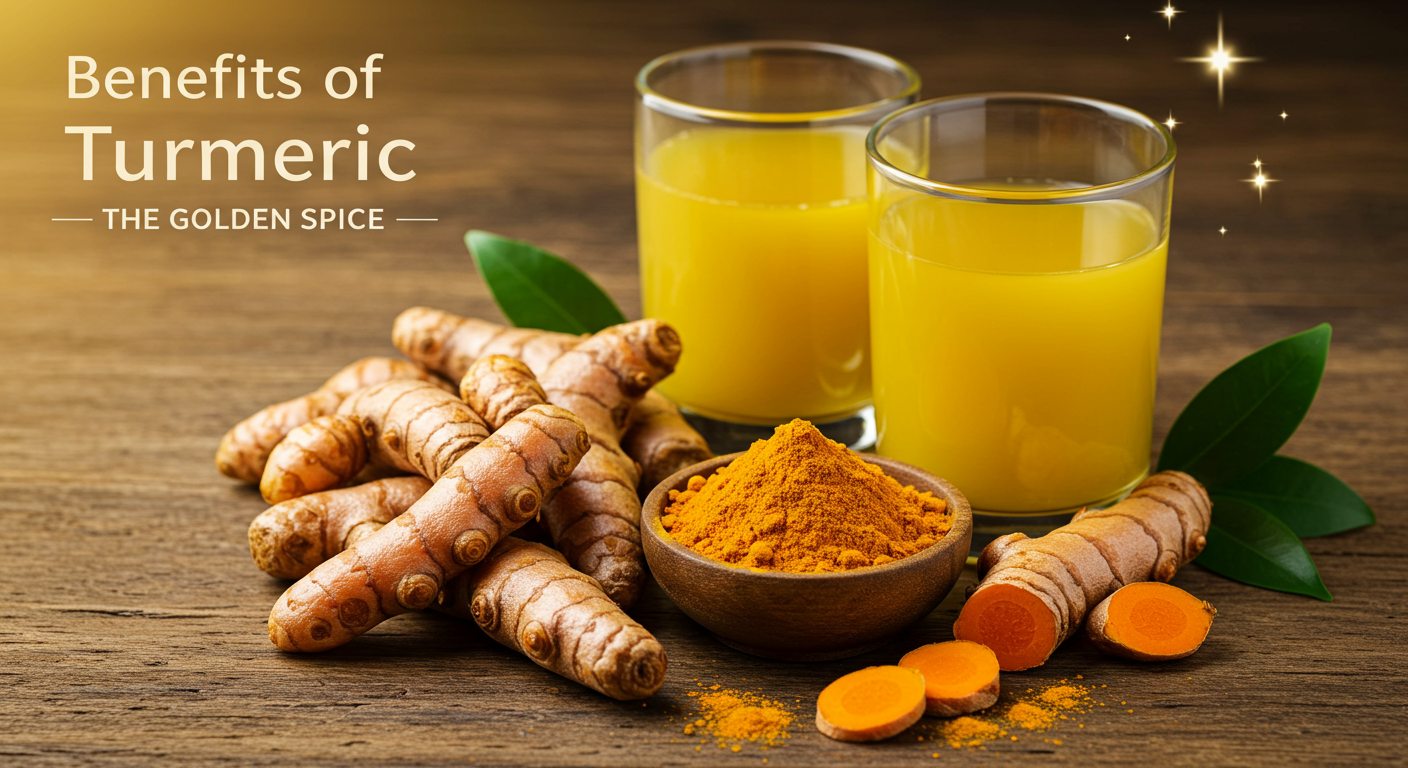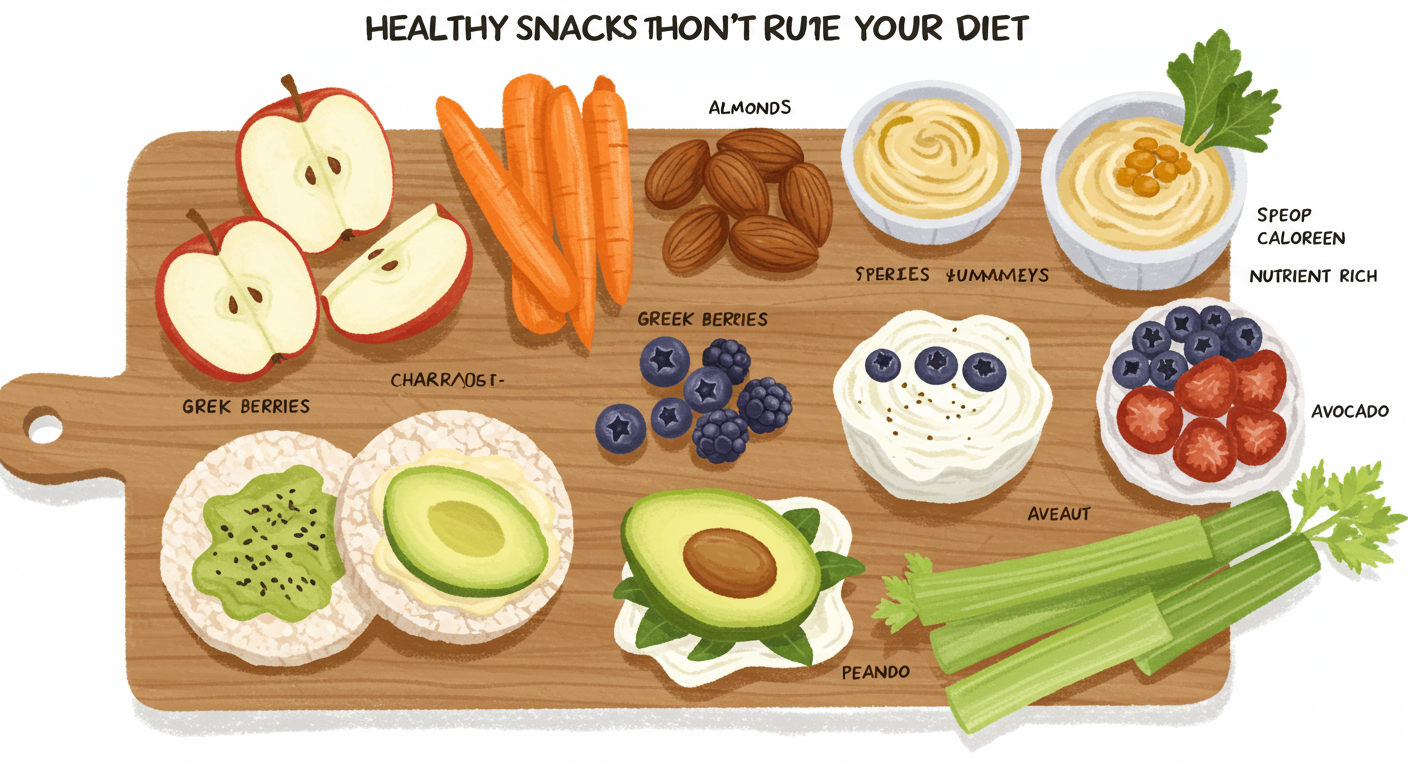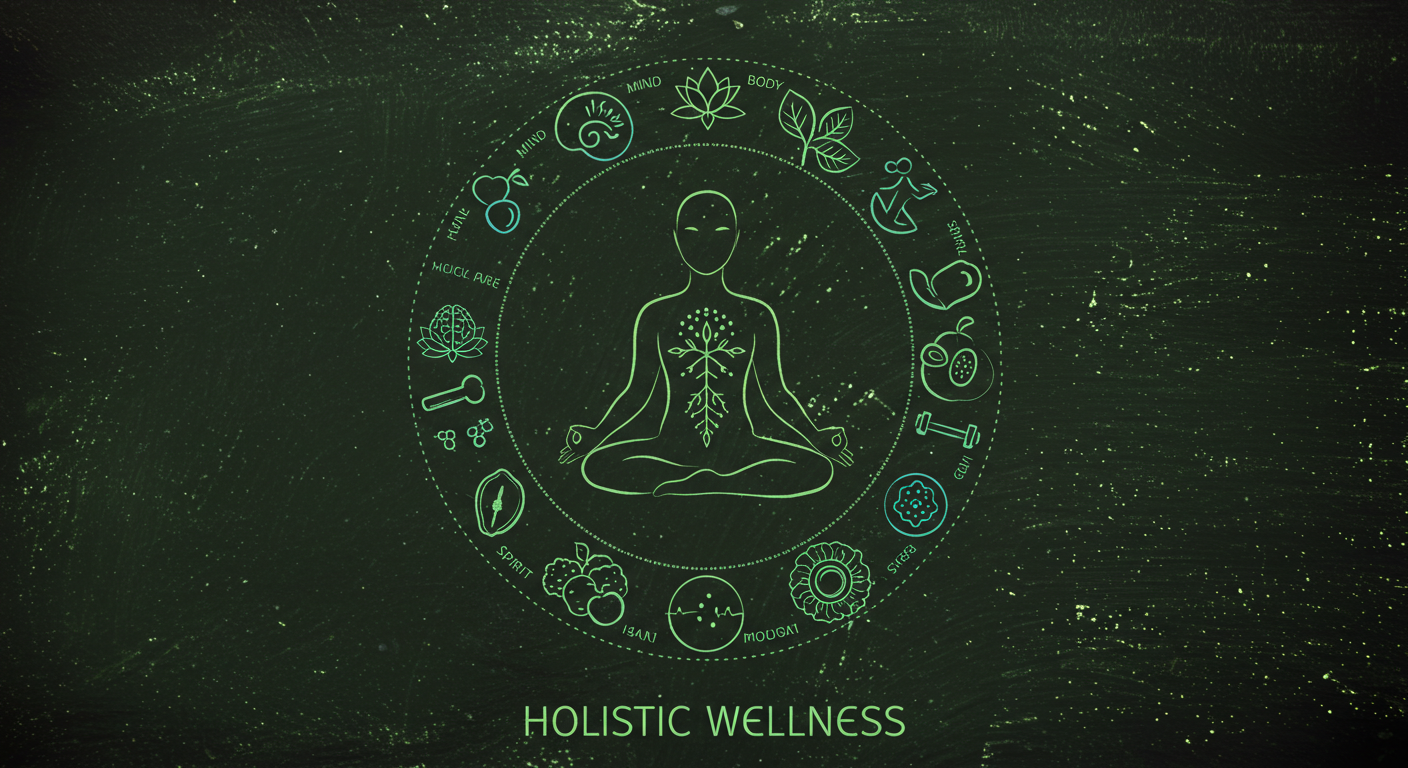The Marvelous Journey of Turmeric
Growing up in a family that loved cooking with spices, I’ve always been fascinated by turmeric, often called the golden spice. Its story begins nearly 4,000 years ago in the Vedic culture of India, where it was more than just a culinary spice—it held religious significance too. Traders carried it to China by 700 AD, East Africa by 800 AD, and even to the West by 1200 AD, with Jamaica getting a taste in the eighteenth century. Marco Polo himself was amazed in 1280, noting its qualities were like saffron. In South Asia, ancient texts like Susruta’s Compendium from 250 BC praised it for an ointment to ease effects from poisoned food. Today, it’s widely cultivated in the tropics, known by names like “haldi” in the North or “manjal” in the south, reflecting its deep roots in cultures and countries. From my kitchen experiments, the yellow powder from its rhizome adds a warm, slightly bitter and sweet taste that’s hard to beat.
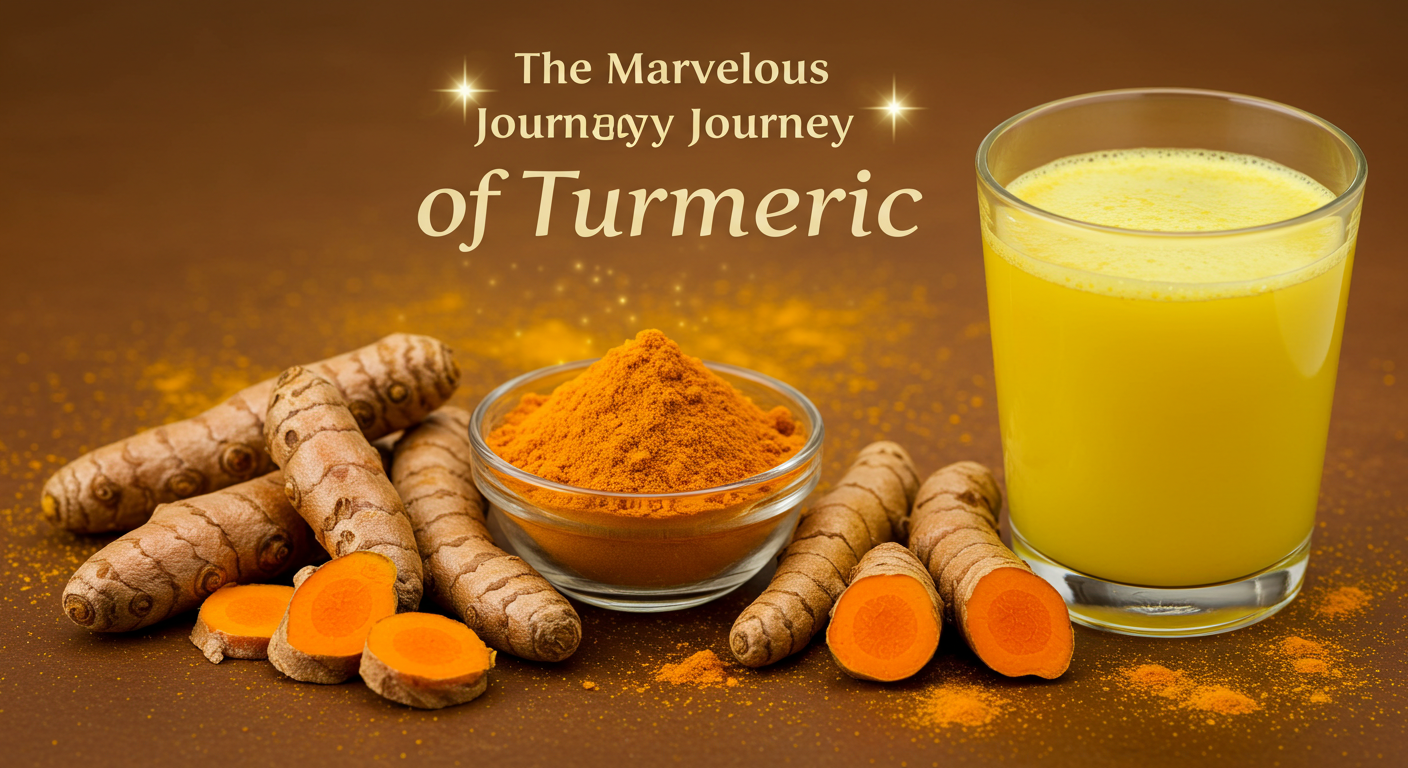
This plant, part of the ginger family (Zingiberaceae), thrives with temperatures between 20°C and 30°C and plenty of rainfall. I’ve seen plants grow up to 1 meter, with long leaves and rhizomes that are rough and segmented, hiding a dull orange interior. Harvested yearly, these tubers are boiled or steamed to remove the raw odor and create that uniform color. In India, they use earthenware pans with cow dung leaves—a traditional trick my grandma swore by—though modern methods swap that for iron vats with a touch of sodium bicarbonate. After sun-drying to a moisture content of 8-10%, the polished surface keeps its coloring properties fresh for years, though the flavor fades over time. It’s this process that makes turmeric a staple I rely on for both taste and health.
Turmeric’s Healing Power Through Time
My interest in turmeric deepened when I learned how it’s been a traditional medicine for centuries. In Ayurvedic and Unani systems, it’s celebrated for strengthening the body, easing gas, and even dissolving gallstones. In Pakistan, I’ve used it as an anti-inflammatory remedy for gastrointestinal discomfort, while in Afghanistan, it’s applied to cleanse wounds. Back home, my mom made a paste with it to remove superfluous hair and keep skin glowing—something I still try today. It’s also mixed with milk or water to fight colds and sore throats, showing its versatility as a therapeutic agent.
Beyond home remedies, turmeric tackles respiratory conditions like asthma and sinusitis, and supports liver disorders and rheumatism. In Chinese medicine, it’s a bitter digestive for abdominal pain, and Unani practitioners use it to expel phlegm and boost circulation. From my experience, a pinch in my meals helps with digestion, and its cholagogue action—stimulating bile production—aids fat breakdown. This herb has moved from ancient holistic medicine to modern interest, proving its pharmacological activity is no fluke.
Turmeric in Everyday Life and Health
In my kitchen, turmeric is a star, giving curry its signature yellow color and flavor. I’ve seen it color cheese, butter, and even yogurt, thanks to its coloring agent properties. Its reach extends to Ethiopian cuisine and Africa, where it turns white rice golden. I’ve experimented with it in baked goods and sauces, and it’s a key player in commercial curry powders. Studies suggest people consume 200–1000 mg/day, with rural areas hitting 600 mg compared to urban 200 mg—numbers that make sense given my village upbringing.
Health-wise, turmeric shines as an herbal remedy for rheumatoid arthritis, skin cancer, and wound healing. I’ve used it for digestive disorders like jaundice and colic, and it’s known for antimicrobial and carminative actions. Clinical doses range from 8–60 g of fresh root daily or 1.3–3.0 g for dyspepsia, with no major drug interactions reported. For me, adding it to my diet feels like a nod to ancient cultures using plant-based drugs to enhance health care, blending tradition with everyday wellness.
Healing Power of Turmeric in Your Kitchen
Growing up, I always watched my grandma sprinkle turmeric into her dishes, turning them a warm golden-orange hue that made every meal feel special. This spice, a close relative of ginger, comes from the rhizome or root of a native Asian plant and has been a kitchen hero for hundreds of years. Whether it’s adding color, flavor, or nutrition to foods, turmeric shines in recipes I still use today. As an expert inspired by folks like Mary-Eve Brown, an oncology clinical dietitian at Johns Hopkins Medicine, I’ve learned it’s more than taste—it’s a tool for health benefits. In ayurvedic and traditional medicine from China and India, it’s been trusted to protect the body from trouble.
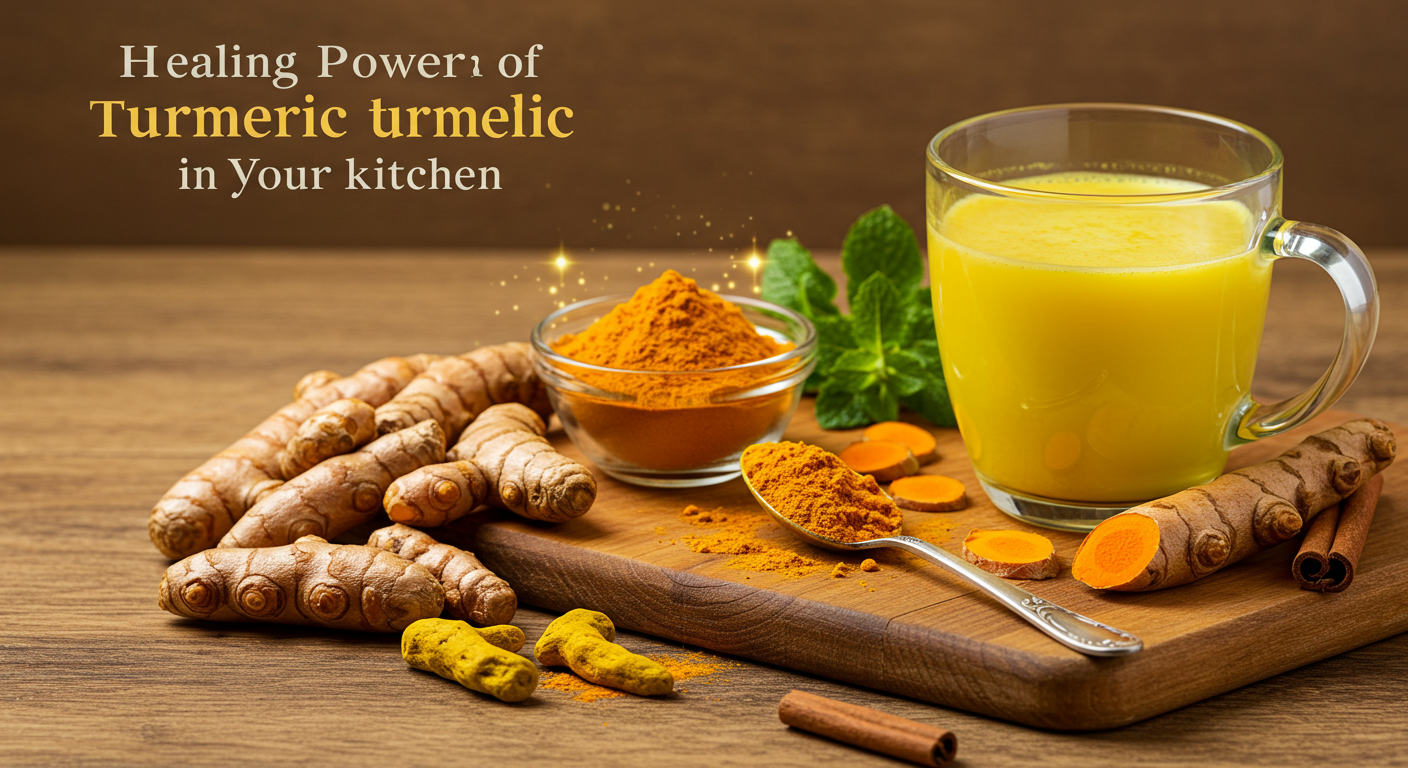
The magic lies in its active ingredient, a natural compound called curcumin, a polyphenol with antioxidant and anti-inflammatory properties. I’ve seen how colorful plant-based foods like turmeric, rich in phytonutrients, work by neutralizing free radicals from pollution or sunlight, shielding cells from damage. My own experiments with diets full of such foods have felt like a shield against medical conditions like cancer and heart disease. Mary-Eve Brown provides information that managing inflammation can be a benefit of adding turmeric to foods, helping with inflammatory issues like arthritis, joint disorders, colitis, allergies, and infections. It’s a simple twist I add to my cooking, and it works wonders.
What Research Says About Turmeric’s Magic
Diving deeper, turmeric and its components, including curcumin, have been the subject of scientific studies. I’ve read research results showing folks with osteoarthritis felt less joint pain when eating recipes with turmeric—something I’ve tried myself with relief. The effect on mood disorders, depression, and dementia has been explored, though studies are small, and more research might reveal a benefit. From my experience, it’s exciting to see conditions like inflammation, degenerative eye issues, metabolic syndrome, arthritis, hyperlipidemia (that’s cholesterol in the blood), anxiety, muscle soreness after exercise, and kidney health on the list of possibilities.
I’ve always believed food can heal, and turmeric backs that up with evidence. The studies suggest it’s not just folklore—there’s real potential here. I love experimenting with it in my meals, knowing people are finding hope in its powers, and I wait eagerly for bigger research to unlock more secrets.
Why Whole Turmeric Beats Supplements
Now, about turmeric supplements—I’m not a fan, and neither is Mary-Eve Brown. While the wonderful nutritional benefits of curcumin are clear, more isn’t always better, and much can be risky. For instance, these supplements might increase the risk of kidney stones, especially if it runs in your family. They contain higher concentrations of the compound than you’d get from eating food flavored with the spice or drinking tea. The challenge is that active ingredients like curcumin aren’t bioavailable, meaning they’re not easily absorbed by the body, and the digestive process breaks these beneficial compounds down and eliminates them quickly.
Instead, I’ve found incorporating turmeric regularly into meals is a safely way to boost my intake. Combining it with black pepper helps—thanks to a substance called piperine, which, when combined, has shown to boost bioavailability by 2000%. I stick to nutrients in whole form rather than take pills, tinctures, capsules, or gummies. It’s a habit that keeps me grounded in food’s natural goodness, and I feel better for it.
Turmeric’s Hidden Powers for Body and Mind
I’ve always loved how turmeric, a warm spice from the ginger family, brings life to my kitchen, a tradition used in India for thousands of years as both a medicinal herb and flavor boost. The main active ingredient, curcumin, packed in curcuminoids compounds, is what makes it special, and research shows it offers several potential benefits for the body and brain. Growing up, I saw my family use it for its medicinal properties, and now science says it’s a natural compound with anti-inflammatory and antioxidants powers that help fight inflammation—even for conditions like rheumatoid arthritis—though high doses are required to produce results. It’s fat-soluble, so I mix it with a meal high in fat or oil that breaks down and dissolves it better, and bioactive compounds in turmeric support gut health and the immune system, a trick I swear by.
The magic doesn’t stop there—studies found curcumin can increase brain levels of BDNF, a brain-derived neurotrophic factor that plays a role in memory and learning, potentially delaying or reversing age-related decreases in brain health, including depression and Alzheimer's disease, though more clinical studies are needed to confirm. It’s also linked to heart disease, the number one cause of death worldwide, as it may protect against steps in the process and reduce oxidation, while different forms of cancer might be affected by curcumin supplements studied as a beneficial herb that can contribute to the death of cancerous cells, reduce angiogenesis and metastasis spread, though it cannot treat cancer and should never be used as a replacement for medical treatment—a doctor can help understand if it should be avoided due to interact with certain medications.

For arthritis patients, it appeared effective relieving pain compared to a placebo, even matching non-steroidal anti-inflammatory drugs (NSAIDs), but we need to understand if it can actually replace such drugs treating. With positive effects boosting neurotransmitters like serotonin and dopamine, it suggests it might be an antidepressant for mood disorders, and its role in preventing Aging by tackling oxidative damage from free radicals—highly reactive molecules that cause cells harm—could really help prevent longevity beyond just diseases, though its scarce bioavailability means further research is still needed to understand exact effects. I love sharing this with friends, especially via View video transcript or HEALTHLINE NEWSLETTER, where Get Menopause newsletter Join Unpaused newsletter receive expert advice tips navigating menopause latest effective remedies delivered straight inbox Tell us interested Enter email privacy important keeps us connected.






